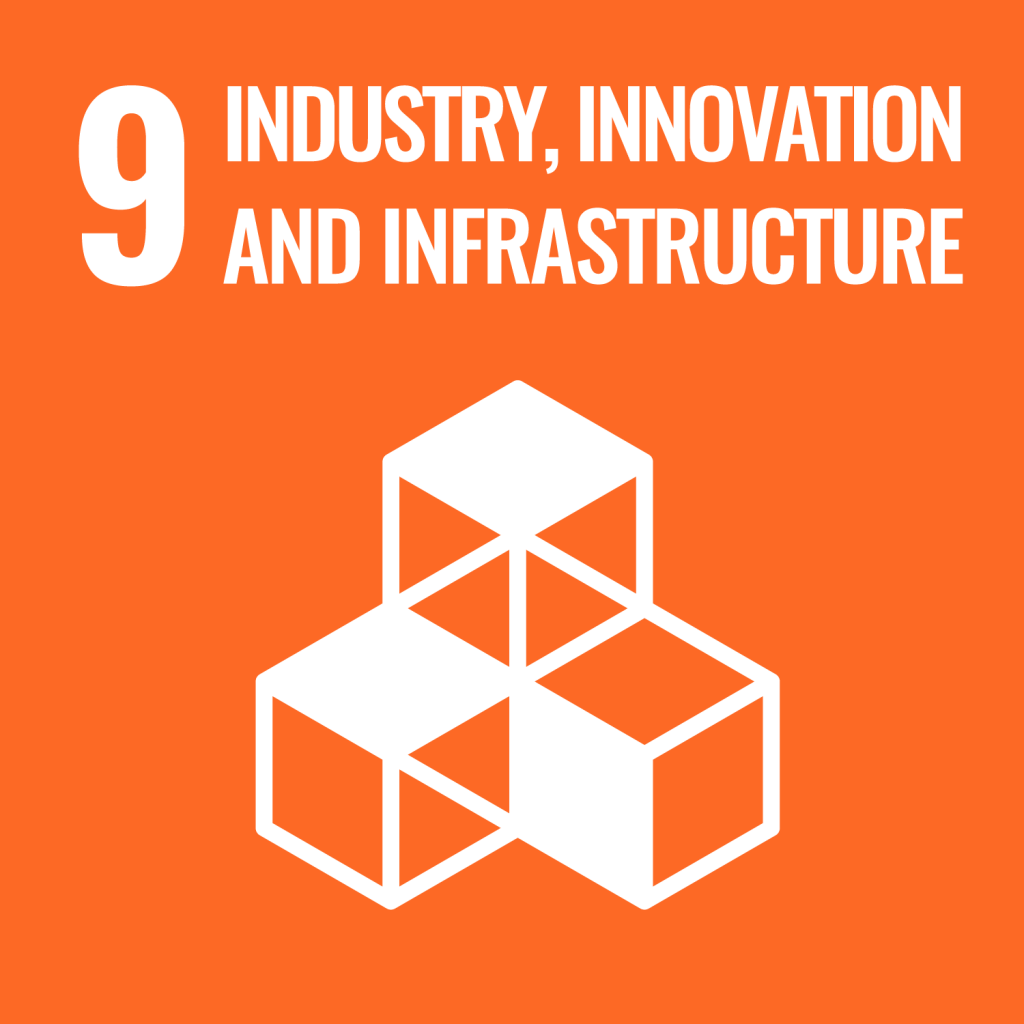Eet Estudio Arquitectura + Urbanismo SA de CV
Micro (1-9 employees)
Tertiary
Construction
Lesson
The specialization in products and services which contribute to sustainable business models promotes the construction of a new business ecosystem. Such system is made up of the formation of new alliances, slow but consistent growth, and the emergence of more specialized investment products for companies that begin to integrate sustainable practices.
Background
EET Estudio aims to develop architectural design, planning, and infrastructure projects on a municipal and regional scale that are informed by sustainability as a fundamental axis in the design process. The company seeks to generate technical projects that can improve the quality of life for all living beings that inhabit both cities and local ecosystems. The SME works through three types of services. The first is public space, which develops and builds urban, territorial, and infrastructure projects to improve the quality of life in cities and the countryside with an environmental focus. The second is architecture, which helps create spaces on a human scale destined for different uses supported by knowledge of the place and the integration of environmental values. The third is planning, which develops study plans and manuals in matters of urban development, green infrastructure, the environment, energy and conservation.



Sustainability Story
EET Estudio was founded six years ago with a vision of being a company oriented toward sustainable practices. In Mexico, engineering and planning have not been widely done, considering ecosystems and the environment. As such, the partners conceptualized and prioritized having a consultancy that works on environmental issues and infrastructure with a holistic vision. The company sought that everything it does, be it a street, a sidewalk, or a territorial scale plan, must be centred around the regeneration or conservation of the ecosystem and its natural resources.
The company estimates that it has designed or built approximately 90% of the green infrastructure in Mexico City.
Eet Estudio Arquitectura + Urbanismo SA de CV Practices
| Ecosystem restoration | Green infrastructure |
|---|---|
Pathway Map
Green Infrastructure
View the Pathway MapEnabling Factors for Practices
| Internal to the organization | External to the organization |
|---|---|
| Founders vision and strategy: The vision of sustainability has been central to the company since its inception. The company's objective is the development of architectural design, planning, and infrastructure projects on an municipal and regional scale, where the principles of social and environmental sustainability and the fight against climate change are integrated as fundamental axes. | Community involvement: The communities where projects of this type are managed are involved, committed, and interested in the subject, as well as the development of the project. |
| Selection of projects: The team is in search of generating technically strong projects, but above all, viable projects, with the mission of improving the quality of life of all living beings that inhabit both cities and other ecosystems, while producing sustainable and profitable initiatives for communities, governments and investors | Local authorities: There is a paradigm shift on climate change and resilience. Local authorities (governments) are increasingly interested in sustainability projects. |
| Link with the academic sector: There is a partnership with the academic sector for the development and research of new sustainability projects. Similarly, this helps by sharing knowledge through various forums or scientific dissemination mechanisms with prestigious international universities. | |
| Business market: The private sector is increasingly investing in sustainable projects. | |
| International organizations: International organizations promote and allocate financing for the development of this type of project. There is a large number of allies and links. |
Arresting Factors for Practices
| Internal to the organization | External to the organization |
|---|---|
| Lack of dialogue spaces: Lack of discussions in which the different actors of civil society can participate in environmental and climate change issues in which immediate actions are taken by all those involved. | |
| Lack of public policies that support and promote the development of green infrastructure and sustainability projects from architecture, urbanism and regional planning. There is a lack of clear plans by local governments for the conservation of ecosystems. | |
| Resources: Compliance in the payment in full and in agreed time of completed projects by the corresponding instances (changes of administrations, diversion of resources, transparency in processes). Derived from the lack of payments for completed projects, the company has complications in the payment of salaries and/or the acquisition of new equipment or pertinent material to start new projects. |
Lesson for Disaster Risk Reduction
While there are many recommendations and guidance tools outlining how green infrastructure can contribute to both climate change mitigation and serve as an adaptation measure, in practice organizations specializing in a wide ranging diverse set of greening projects are key to accelerating the strategic use of nature based solutions to reduce climate and disaster risk.
Understanding where green infrastructure can make its greatest contribution to community resilience, the cost and the ways in which it has to be maintained is necessary to plan for sustainable nature based solutions in cities.
